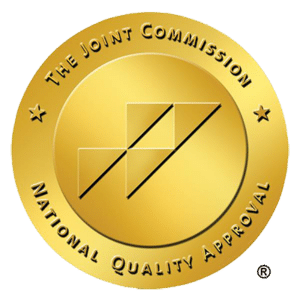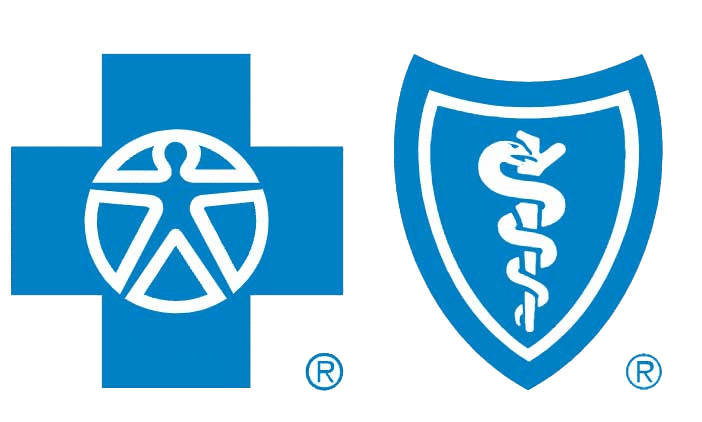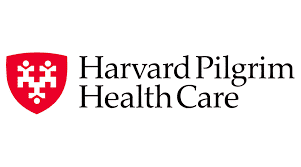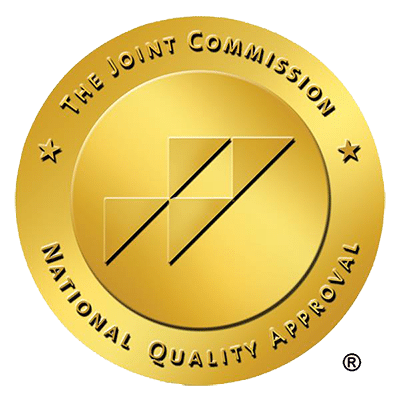Alcohol use is deeply ingrained in society, and for many people, having a few beers after work or a glass of wine with dinner is no big deal. For others, it can become an addiction. In a 2020 national study, half of the population age 12 and older reported using alcohol within the last month, but only around 10% met the criteria for alcohol use disorder within the year.
This discrepancy between some people’s ability to drink alcohol without concern and those who develop a dependency on it opens up some interesting questions. What causes some people to develop a dependency? Does it run in families? If it’s genetic and you have no family members who struggle with alcohol use disorder, can you develop it, too?
There are no simple answers to questions about addiction and dependency. The long and short of it is that both genetic and environmental factors play a role in the development of alcohol use disorder.
Nature vs. Nurture: What Causes Alcohol Use Disorder?
Anecdotally, people may say that alcoholism runs in their family or refer to an “alcoholism gene” in their family’s history. While genetics play a part, they are only half the story. In fact, research shows that genetics determine about half the risk for the development of alcohol use disorder, with environmental factors accounting for the second half. In some cases, it’s the interplay between an increased genetic risk and the environment that triggers alcohol use disorder.
Twin studies provide insight into this interplay. While in most cases, twins will still share the same environment growing up, these studies reveal the genetic contribution to alcohol use disorder by comparing the difference between monozygotic (identical) and dizygotic (fraternal) twins. In studies, the concordance of alcohol dependence is higher in monozygotic twins, suggesting a genetic component since monozygotic twins share an identical genetic makeup. These studies suggest that between 40 and 60% of drinking habits and alcohol dependence can be linked to genetics.
Genes Affecting Alcohol Use Disorder
Studies surrounding alcohol use disorder reveal several genes associated with an increased risk of drinking too much and developing compulsive habits around alcohol. Several pairs of genes discovered to be linked to alcohol use disorder are also associated with other neuropsychiatric disorders, including schizophrenia, Parkinson’s disease, anxiety and bipolar disorder. These genes include:
- ADH1B: ADH1B is an interesting case in alcohol use disorder. It has a low prevalence in Caucasian populations but is highly prevalent in East Asians. This gene impacts the liver’s ability to metabolize alcohol. Variants of this gene can cause a flushing reaction to alcohol and increase the feeling of illness when consuming alcohol. It acts as a deterrent for alcohol use disorder, and populations who do not have this gene, such as those of European ancestry, have an increased risk of developing a dependency.
- GABRB1: Mutations of this gene change gamma-aminobutyric acid (GABA), a neurotransmitter that inhibits a nerve’s ability to send or receive messages. While it slows down the nervous system, it also produces a calming effect. Those with certain mutations in the GABRB1 gene may have less GABA in their brains than the average person when sober. Alcohol changes the amount of GABA available to the brain to induce the sedative effect, which can encourage people to drink more to feel better.
- Beta-Klotho: The beta-Klotho gene is associated with drinking less. Those with this gene appear to be better at controlling their alcohol consumption and usually stop after drinking one or two. Those without this gene are less likely to stop their alcohol consumption.
Are You Struggling With Alcohol Abuse?
If you or a loved one are struggling with alcohol abuse, know that you are not alone in this journey. Take the first step towards a healthier and happier life by contacting us today.
Beyond these, several other genes can be associated with substance abuse of all kinds. While some genes may contribute to the avoidance of substances, others increase the risk of dependence.
It’s important to remember that gene expression isn’t as simple as whether someone carries a gene or not. The environmental factors surrounding a person can also influence how genes will express themselves and respond. For example, someone with a genetic predisposition to alcohol use disorder growing up in a home with a parent who abuses alcohol, struggles with major stresses or presents with mental illnesses is more likely to develop alcohol use disorder than someone without those difficulties in life.
Stress, Environmental Factors and Alcohol Use Disorder
Even if someone doesn’t have the genetic risk factors for alcohol use disorder, the weight of environmental factors can still lead to the development of alcohol dependence.
Stress is one of the biggest environmental factors influencing drinking patterns and can significantly increase the risk of alcohol use disorder. It’s especially prevalent in those who have experienced trauma, especially in childhood, or who have experienced several significant stressors throughout their life.
Some other significant environmental factors affecting the risk of developing alcohol use disorder include:
- Societal Attitudes Toward Alcohol: The widespread acceptance of alcohol use among society, including how it’s portrayed in media can make drinking seem harmless when, in fact, many people struggle with it.
- Parental Behaviors Around Alcohol: If a child grows up around alcohol their whole life, they normalize it. This is especially true if they grow up seeing their parents respond to everyday stressors by drinking.
- Peer Pressure: When friends regularly encourage increased consumption of alcohol, the pattern of overindulgence can trigger alcohol use disorder.
- Age of First Drink: Several studies link the age at which someone takes their first drink to their ability to control their consumption. Generally, the younger someone is upon trying alcohol for the first time, the more difficult they’ll find regulating their intake. This is part of the reason the legal age for drinking in the U.S. is 21.
You Are More Than Your Genetics and Environment
While it’s well-accepted that alcohol use disorder runs in families and has a significant genetic component, just having these genes is not enough to guarantee whether someone will develop a dependency. Likewise, just because someone has endured the stressors and other environmental factors that increase the risk doesn’t mean they will struggle with alcohol consumption. Every person is unique in how their genes will express themselves and how they will respond to the interplay between them.
If you or a loved one are one of the 29.5 million people in the U.S. struggling with alcohol use disorder, you’re far from alone. There are options to treat alcohol use disorder. Seeking help from an addiction recovery center isn’t a sign of weakness; it’s a sign of strength and determination to achieve sobriety. Topsail Addiction Treatment is an outpatient addiction recovery center in the Boston area dedicated to helping people achieve their goals of sobriety with an experienced team of providers, several treatment options and customized care plans.
Contact Topsail Addiction Treatment at any time around the clock for more information about alcohol use disorder and the treatment plans available.
Related Posts

Critical Signs of Meth Addiction: Symptoms & Support Options
Wondering what are the warning signs of meth addiction? Early detection can be lifesaving. From drastic behavioral swings to ‘meth mouth,’ these symptoms are alarming

Essential Guide on How to Help Someone with Meth Addiction
If you’re seeking to understand how to help someone with meth addiction, this article is your immediate support guide. Encountering meth addiction within someone you

Recognizing the Warning Signs of Marijuana Addiction
Knowing the signs of marijuana addiction is vital for recognizing a serious problem that often goes unnoticed. In this article, we address the real indicators

Decoding Opioid Addiction Statistics: A Harsh Reality Check
What do the numbers say about the opioid crisis? Diving into opioid addiction statistics offers a sobering reality check: a surge in usage and deaths

Effective Strategies on How to Prevent Opioid Addiction
The key to preventing opioid addiction starts with being informed. If you’re seeking concrete steps on how to prevent opioid addiction, this article is for

How to Help Someone with Cocaine Addiction Effectively
Wondering how to help someone with cocaine addiction? It can feel overwhelming, but your role is crucial. In this guide, you’ll find understandable and practical















